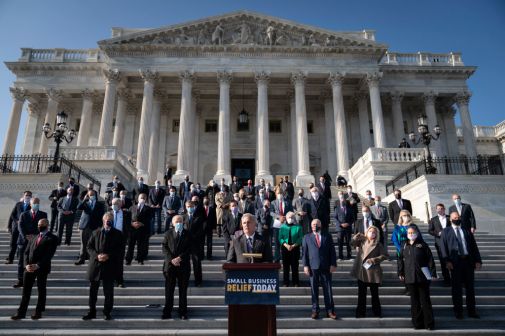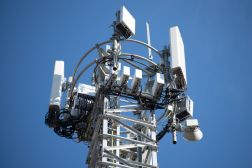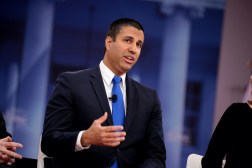FCC misses E-rate deadline for school, library Internet upgrades
The Federal Communications Commission has missed its own deadline to funnel money into schools that need wireless and Internet upgrades as part of the federal E-rate program, which offers high-speed broadband discounts in schools and libraries.
The Universal Service Administrative Company, an independent arm of the FCC that tracks E-rate filings, originally set a deadline for Sept. 1 to get the funds — around $3.9 billion — to schools across the country so they can start installing access points and performing other work this school year. But the deadline has now been moved to Sept. 24, according to Funds for Learning, which helps schools navigate the process.
“Getting the funds out as quickly as possible is very important,” John Harrington, CEO of Funds for Learning, told FedScoop in an interview. “The sooner they can get the money committed to the schools, the sooner [the schools] can move forward with getting wireless access points installed.”
As of July 31, funding commitments for this school year totaled more than $930 million, according to USAC. There were roughly 26,000 applicants.
Harrington said in previous years, the FCC did not have a hard deadline to transfer money to schools — and sometimes the process would stretch out for a year or more, which meant schools did not have Internet access and upgrades they needed. Many times, schools would resubmit bids the next year for the same project.
The FCC changed its process and set a goal for money to switch hands early in the school year after analyses showed that schools would use the money more wisely if it came in a timely manner.
“There was a very strong correlation, if a funding commitment was issued in a few months, it got utilized,” Harrington said. “But once you got past that, the rate went down.”
School technology officers and administrators also have to deal with a new system through which to request funds for the 2016-17 academic year, which is becoming a burden for some, Harrington said.
“Only a third of applicants have been able to get signed up into system so far, so there are some startup challenges associated with this,” he said. “It’s an ‘off-the-shelf’ system they adopted to get it up and running quickly.”
As part of a “data cleanup” effort to provide more transparency of funding streams, applicants can follow and keep track of their yearly requests online, and applicants will be able to compare prices for similar services, which will help fuel more competition among providers.
“This effort will have no effect on the pace of funding decisions,” officials wrote of the new system. “Cleaning up the existing data — and working to supply accurate data going forward — will clearly have benefits for all applicants.”
For the current application window, the FCC granted 21 appeals and waivers and denied 36 appeals made by schools that missed deadlines or filed the forms incorrectly.
Successful appeals and waiver requests were granted if schools encountered unforeseen circumstances beyond their control. Appeals were denied if invoices were not submitted on time, or if there were clerical errors.
This year marked the first time funding was available for hardware purchases and wireless access points since 2012. E-rate was overhauled this year after the FCC approved a $1.5 billion annual funding increase for the program, raising the spending cap from $2 billion to about $4 billion.
Reach the reporter at corinne.lestch@fedscoop.com or follow her on Twitter @clestch.






